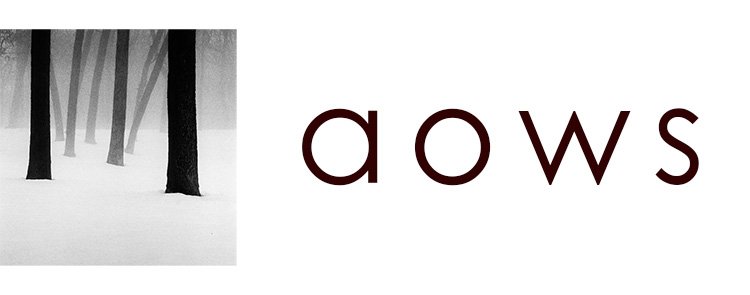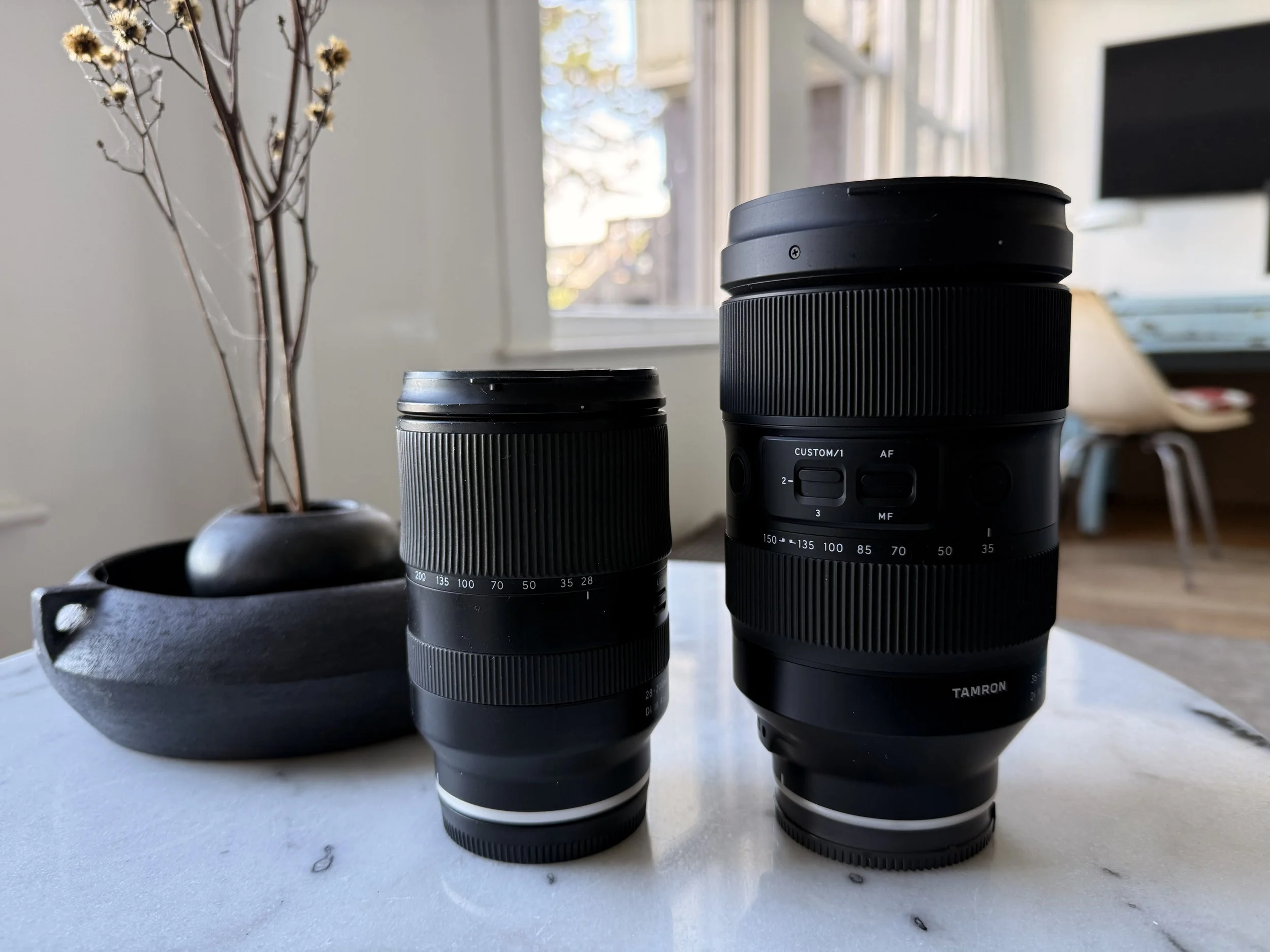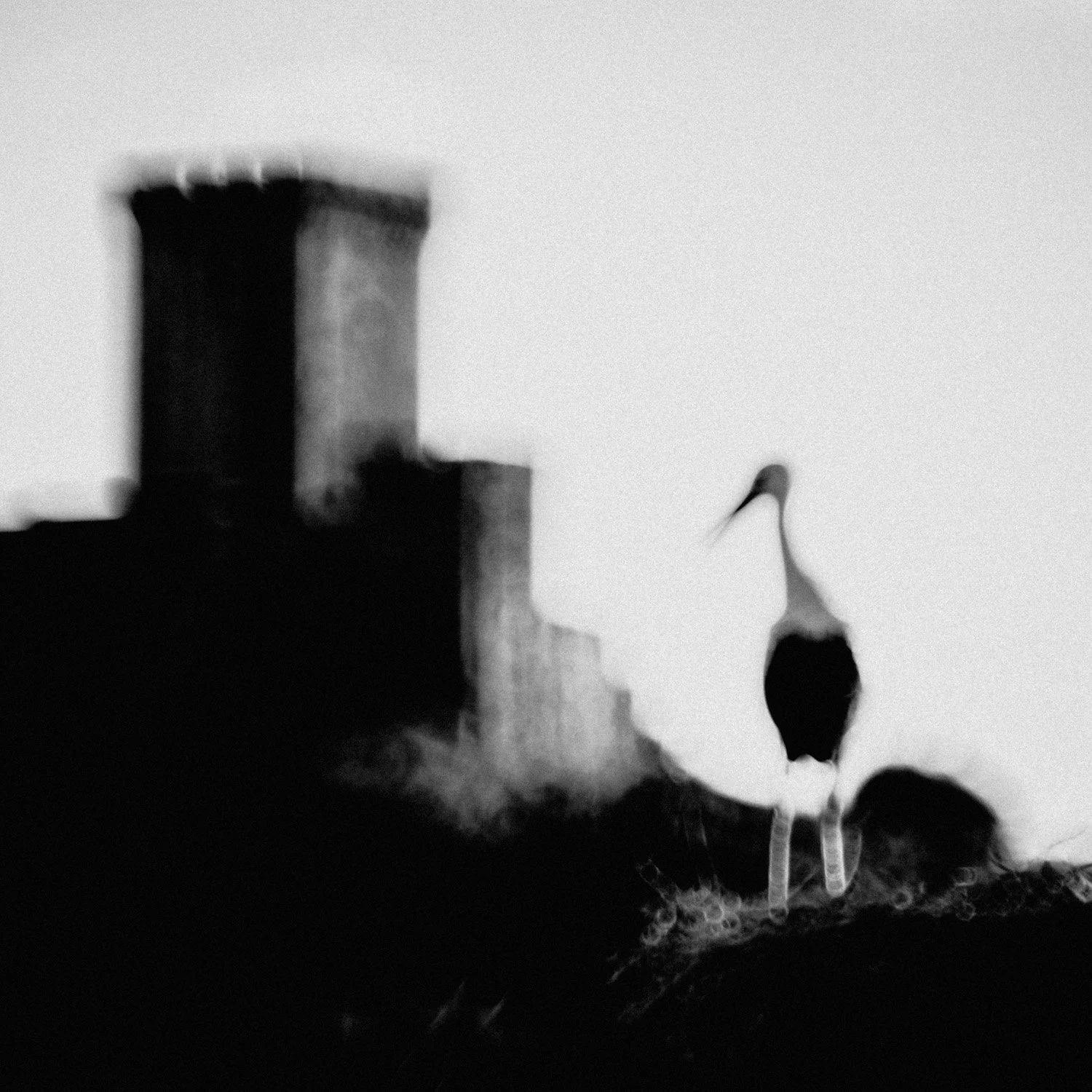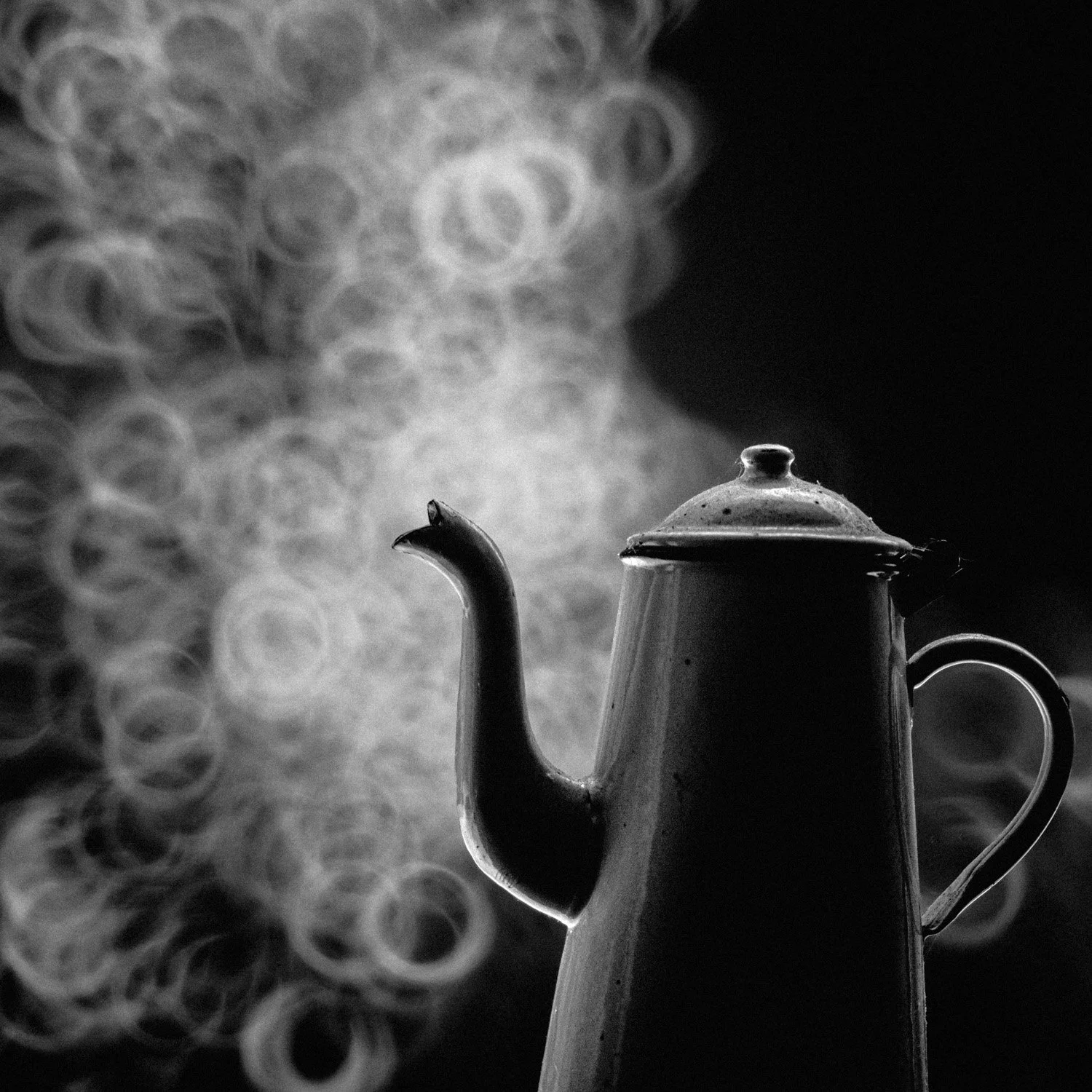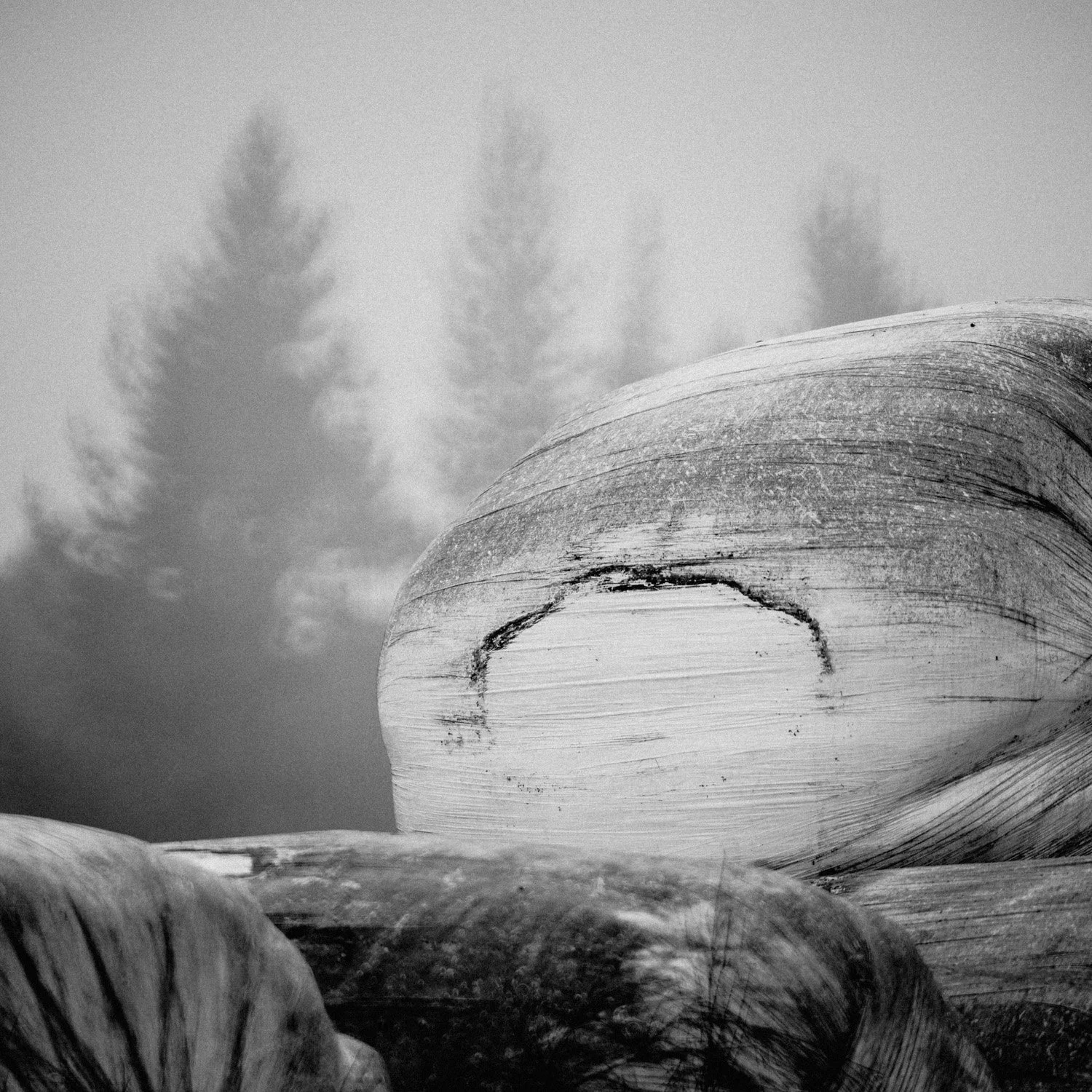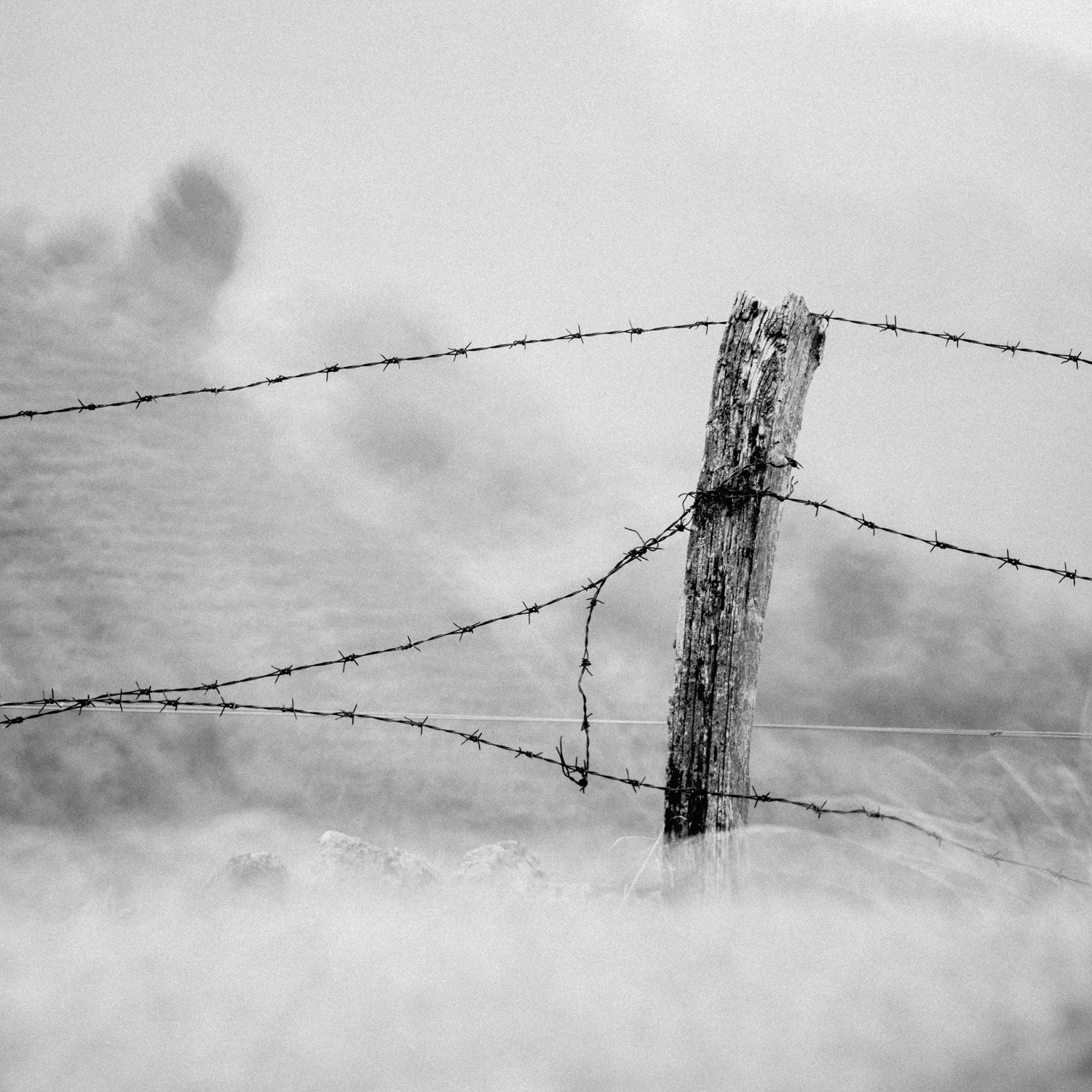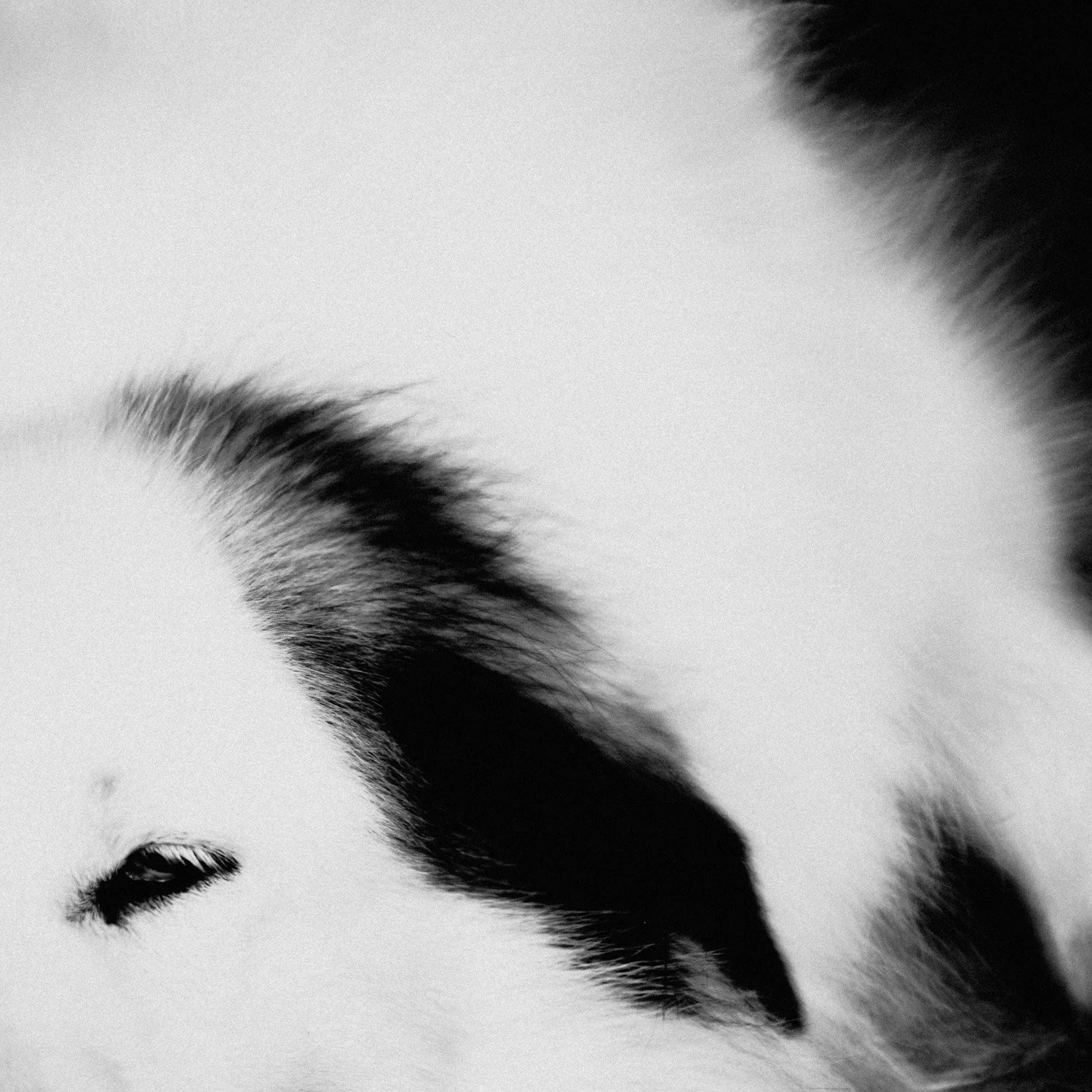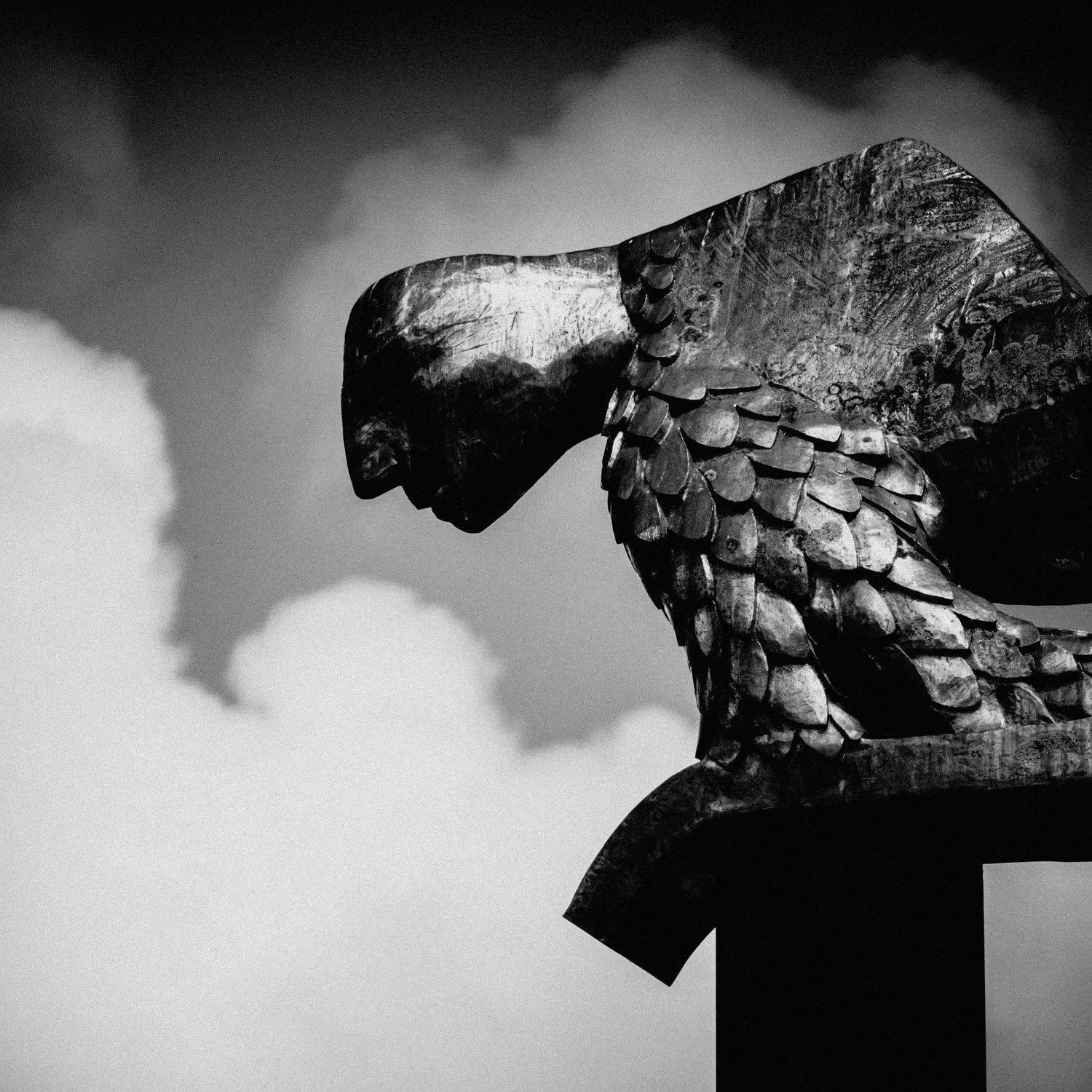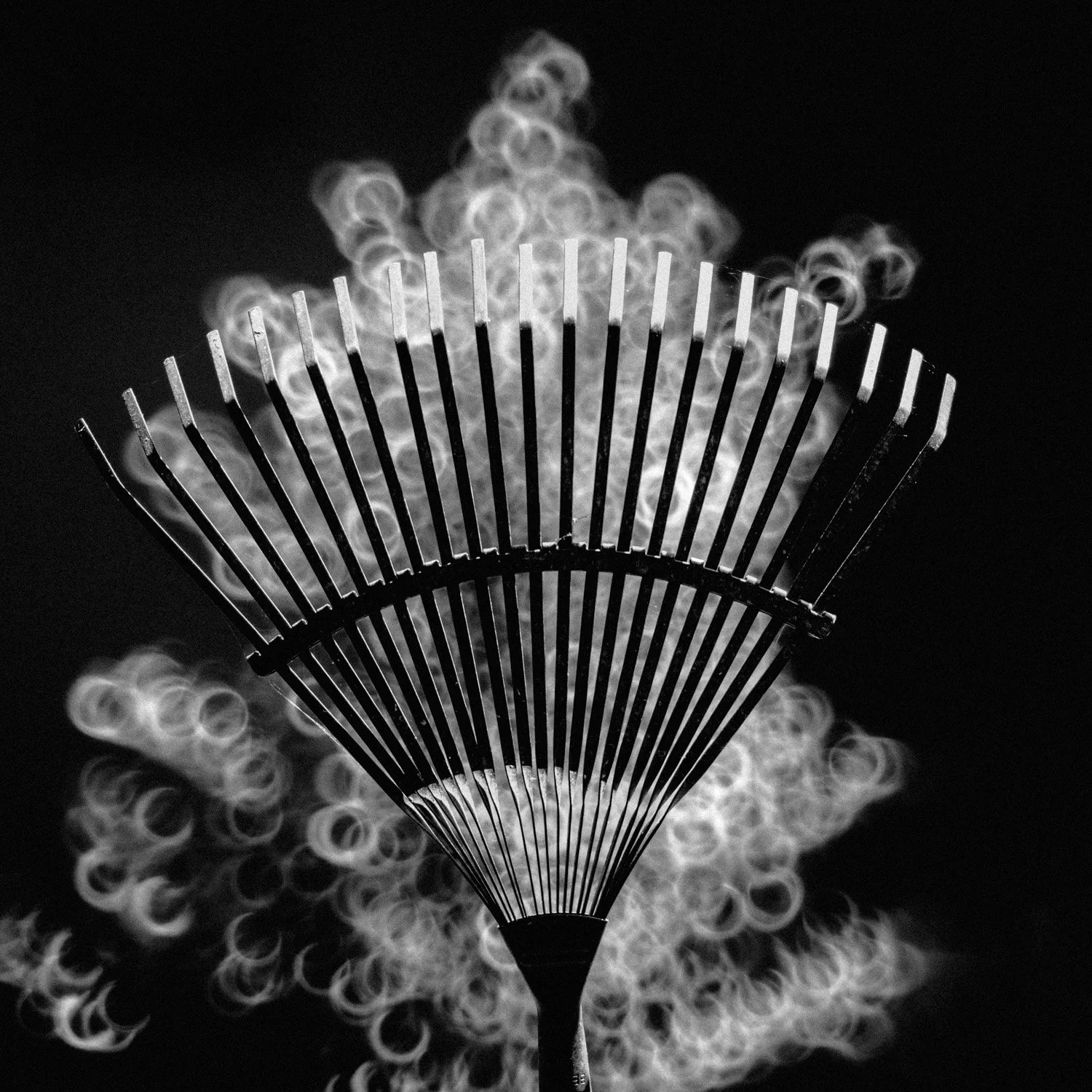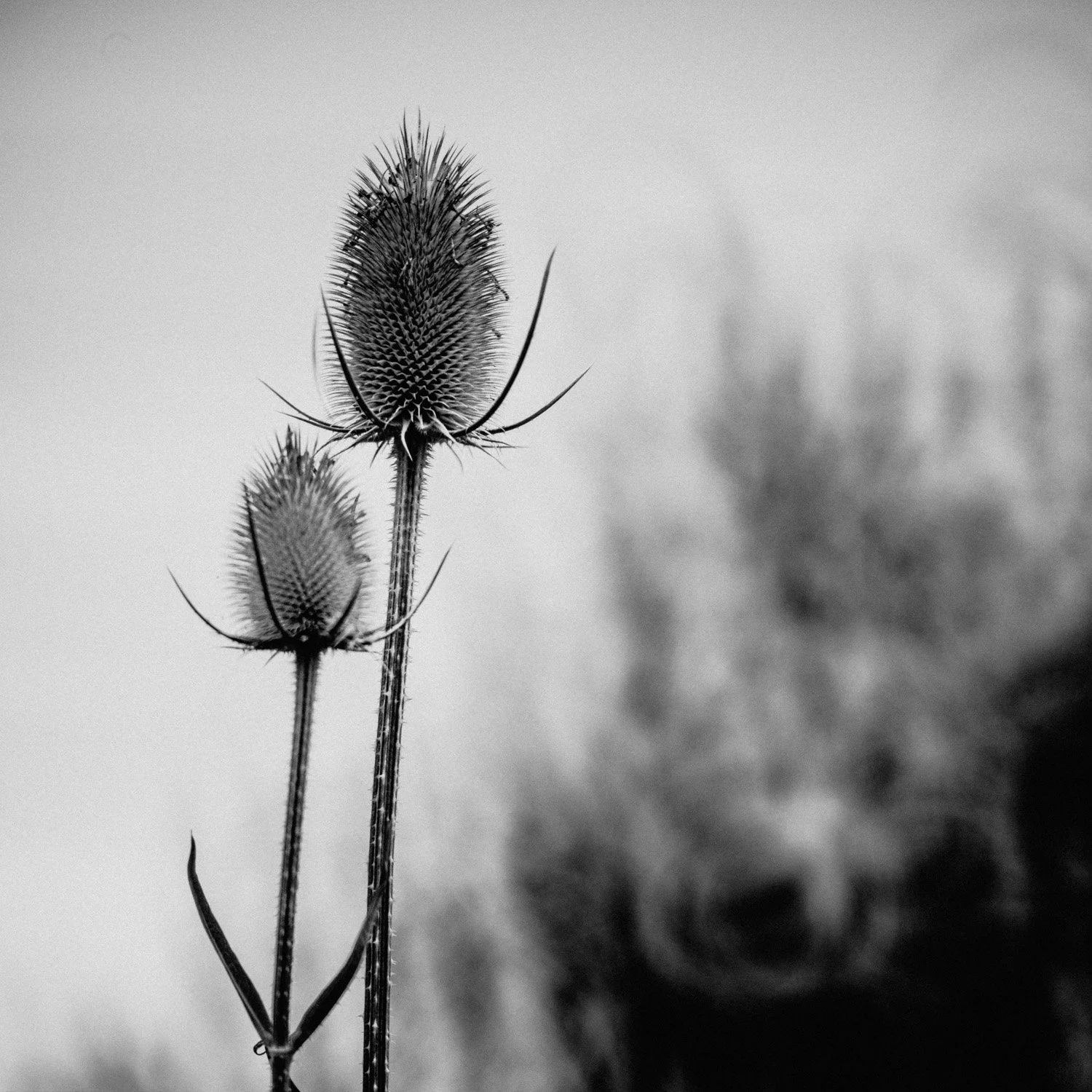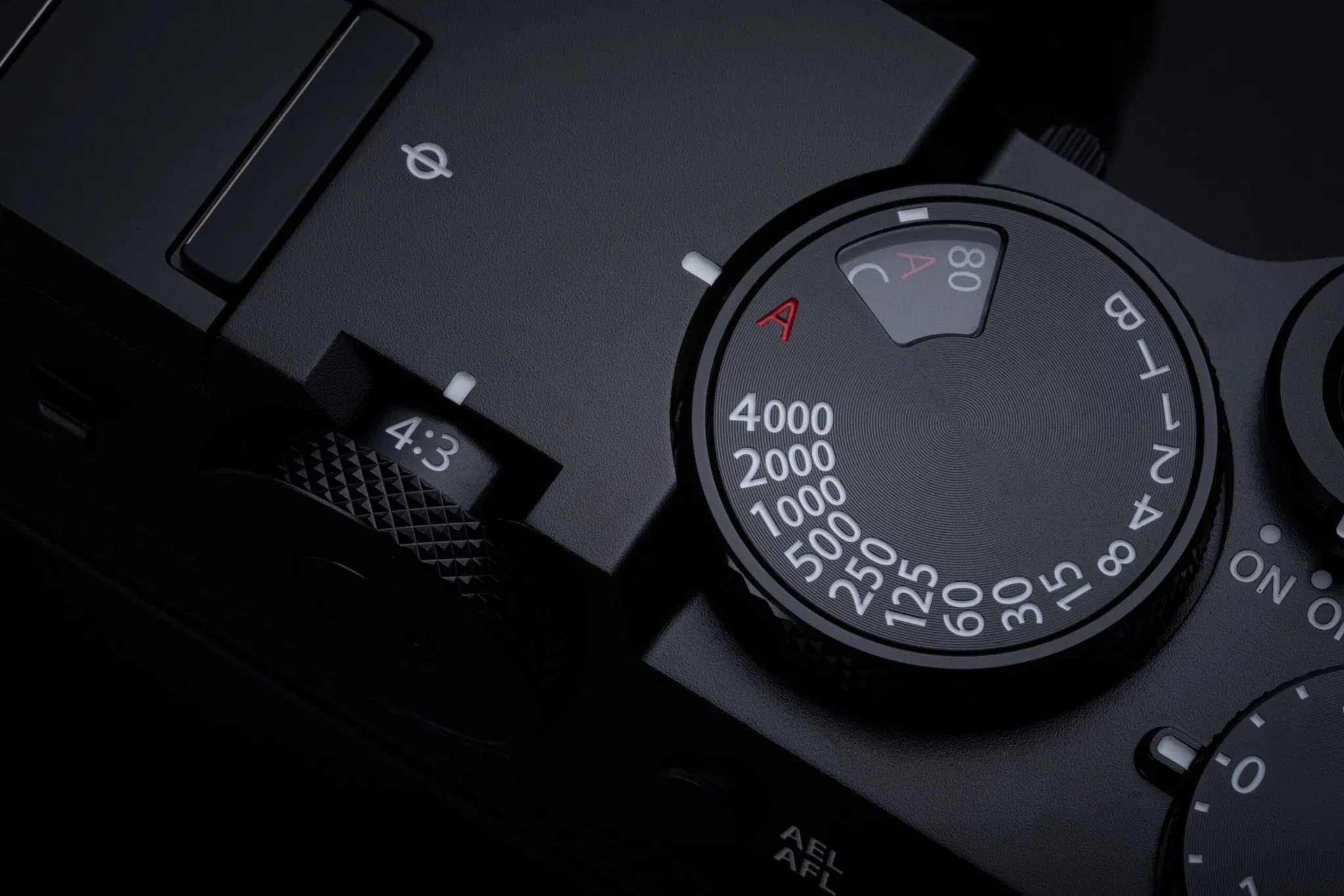I’m currently reading a photography book where the author lists their settings for every image. Normally, I’m skeptical about sharing that information, but an educational book seems like the one place where it might be justified to do so.
Many photographers seem obsessed with this kind of technical data, though. Not just the settings used but camera, lens, film stock, developing recipe, even the paper used for the final print. It’s not uncommon to see this information attached to photographs on social media; and even worse, in photo books.
The usual argument made for this is that it helps others learn how the image was made. But what do we really gain from knowing that a heavily compressed Instagram photo of a distant mountain was taken at f/7.1 and 1/250s?
If we truly want to offer insight into how an image was made, there are far more useful details we could share instead: Where and when was the image taken? Do those conditions happen often, or was it a rare occurrence? Tell me more about the story behind the shot: Why did you go there? Did you hike for hours, or did you pull over on the side of the road? If it was a hike, was it easy, or hard? What about the crowds? Seeing the original, unedited RAW file alongside the final image would also provide far more value. And most importantly: how did you feel when you were shooting your subject?
If the goal is to teach and inspire, this kind of information is infinitely more valuable than a list of settings.
Don’t get me wrong: settings matter. But most photographs could have been taken with different settings and they’d still look nearly the same. Because what truly shapes an image isn’t the aperture or shutter speed--it’s the light, the conditions, and the story told in the frame.
So why do we fixate on the settings?
I think it comes down to photography’s eternal struggle to be seen as an art. Some photographers might believe that sharing technical choices makes their work look more intentional, more serious, especially to those who don’t even know what they mean. The settings are the “secret ingredients” that the artist came up with to make the final result possible.
But photography isn’t a recipe. Greatness isn’t defined by the choice of ISO or shutter speed. A great photographer is insanely curious about the world. They notice what others overlook. They recognize beauty in front of them and know how to translate it into an image. They anticipate a moment unfolding and are ready to capture it.
You can recognize a great photographer not by what they say about their camera gear or settings, but by the passion in their eyes when they talk about their subjects.
